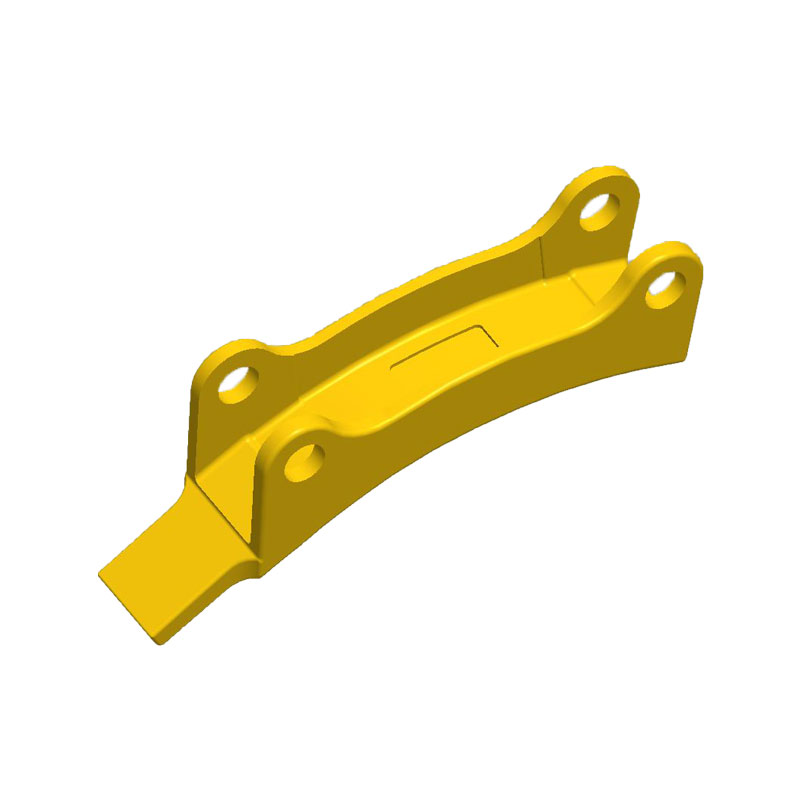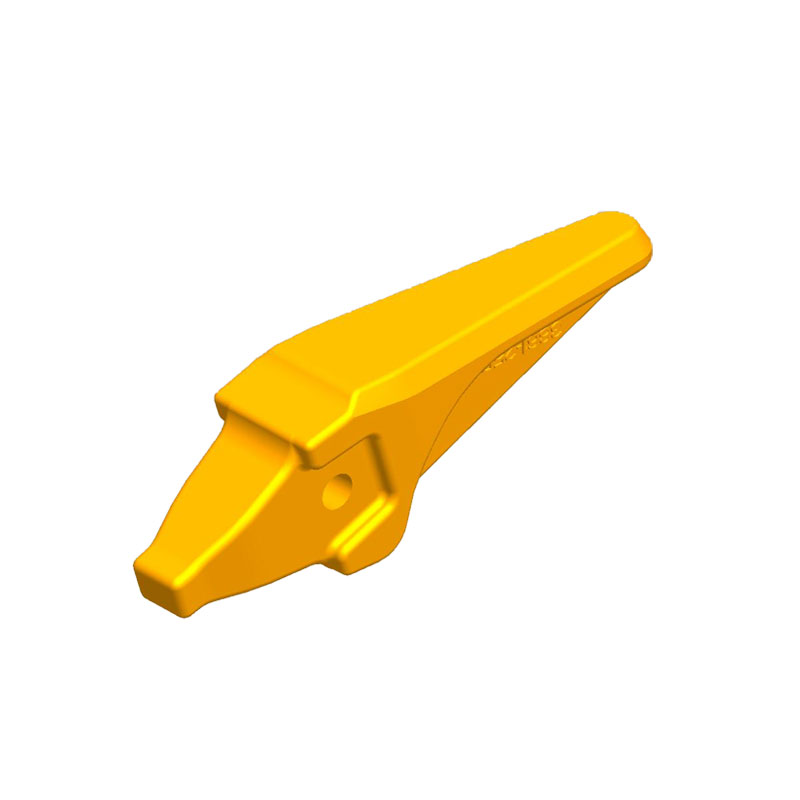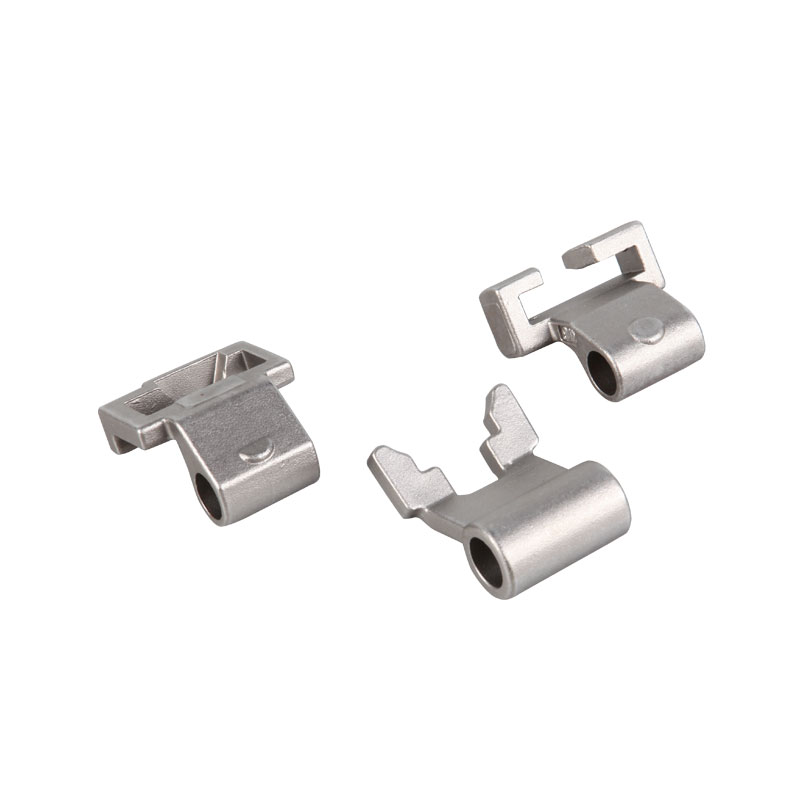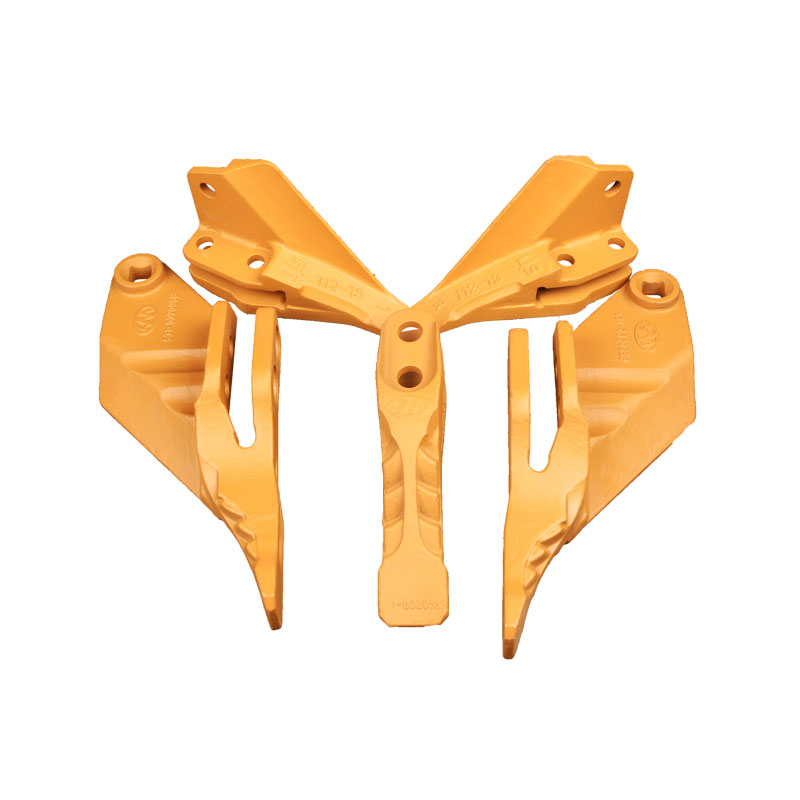The casting process for casting steel involves creating […]
The casting process for casting steel involves creating a specific shape by pouring molten steel into a mold. There are several methods for casting steel, each with its own advantages and applications. Here is an overview of the common casting processes used for steel:
1.Sand Casting:
Pattern Creation: A pattern of the desired part is created from wood, plastic, or metal. The pattern is a replica of the final part and includes allowances for shrinkage and machining.
Mold Making: The pattern is placed in a sand mold, and the sand is compacted around it. The mold is typically made of two halves, known as cope and drag.
Pouring: The mold is opened, and molten steel is poured into the cavity created by the pattern. The steel solidifies within the mold.
Cooling and Solidification: After pouring, the steel cools and solidifies. This can take several hours.
Shakeout: The mold is broken apart, and the cast steel part is removed.
Finishing: The casting may require additional machining and finishing to achieve the desired shape and surface finish.
2.Investment Casting (Lost Wax Casting):
Pattern Creation: A wax or plastic pattern, typically created from an injection mold, is used to make an exact replica of the part.
Assembly: Multiple wax patterns are attached to a central wax sprue to create a cluster.
Investment (Ceramic Shell): The wax cluster is coated with a ceramic slurry, creating a ceramic shell around the wax pattern. This is repeated several times to build up the shell thickness.
De-Waxing: The ceramic shell is heated to melt and remove the wax, leaving a cavity in the shape of the part.
Pouring: Molten steel is poured into the ceramic shell.
Cooling and Solidification: The steel cools and solidifies within the ceramic shell.
Shell Removal: After cooling, the ceramic shell is broken off to reveal the cast steel part.
Finishing: The casting may require additional machining and finishing.
3.Die Casting:
Die Preparation: A steel mold, called a die, is prepared with two halves that can be clamped together.
Injection: Molten steel is injected at high pressure into the die cavity.
Cooling and Solidification: The steel cools and solidifies quickly within the die.
Ejection: The die halves are separated, and the cast steel part is ejected.
Trimming: Excess material, known as flash, is trimmed from the casting.
Finishing: Additional machining and finishing may be required.
4.Continuous Casting:
Molten Steel Delivery: Molten steel is continuously poured into a water-cooled mold.
Solidification: The steel gradually solidifies as it moves through the mold.
Casting Removal: The solidified steel is continuously withdrawn from the mold.
Cutting and Sizing: The continuous casting is cut into desired lengths and may undergo further processing.
Each of these casting processes has its own advantages and is suitable for specific applications based on factors like complexity, size, quantity, and required precision. Proper tooling and mold design, as well as strict quality control, are essential to ensure the final cast steel parts meet the desired specifications.



